We can’t move conservation forward if there’s a strict policy of “out with the old, in with the new”
It has become a political ritual for an incoming administration to undo actions from the previous administration. Some of this is natural and appropriate, but if the goal of the Biden Administration is to advance conservation that withstands political whirlwinds, then prudence dictates that we look at every action on its own merits—not simply assume that everything done under the previous administration has to go. It’s worth remembering that the Great American Outdoors Act, the America’s Conservation Enhancement Act, and the Modern Fish Act were all signed into law by President Trump and the permit for the proposed Pebble Mine in Bristol Bay was ultimately denied during his time in office.
Here’s a list of actions that the Trump Administration took that we think should be embraced and expanded moving forward.
Migration Corridors
One of the best ways to help big game adapt to a changing climate is to ensure they can move freely across the landscape. So conservationists cheered when the Department of Interior issued Secretarial Order 3362, prioritizing the conservation of big game winter ranges and migration corridors. Since that time, the states and federal government have partnered to research big game movements and improve habitat for mule deer, elk, and pronghorn antelope. In addition, the Department and the National Fish and Wildlife Foundation provided more than $15 million to implement the order, funds that were matched by about $30 million in state and private funds. This resulted in on-the-ground projects that range from restoring habitat to improving fencing.
The Order also inspired Colorado, Montana, Utah, and Wyoming to adopt their own migration corridor conservation programs, with additional states working to join them.
The Biden Administration should build off the Trump Administration’s efforts by ensuring that Bureau of Land Management and national forest management plans prioritize migratory habitats. Agency-wide conservation policies should also be expanded to include wild sheep and moose, as well as summer range for all big game species. Finally, the administration and Congress should team up to direct funding toward migration research and construction of wildlife crossings, including $500 million as part of a new Highway Bill, which Congress is expected to pass in 2021.
Access
In 2019, Congress passed the John Dingell Conservation Act, which, among other things, made it clear that hunting and fishing is allowed on federal lands unless specifically closed through a transparent public process. A separate provision in the Dingell Act directed the federal land management agencies to identify lands within their holdings that were inaccessible or had restricted access and to develop priority lists for making those lands accessible to the public.
Expanding hunting and fishing access on our public lands is not a new idea. During the last two administrations, access was expanded on national wildlife refuges and fish hatcheries, a recognition that hunting and fishing are, and always have been, important drivers of local economies.
In addition, the Fish and Wildlife Service under President Trump worked to, where appropriate, conform access regulations to those of the state. As any hunter and angler knows, rules and regulations can be confusing at the best of times, so when it is possible to keep the rules the same across jurisdictions, it makes the user experience far more enjoyable.
The Biden Administration, too, can be a leader in expanding and enhancing public access for outdoor recreation. Like hunting and fishing, public lands should be open and available to all Americans, regardless of their background or economic status. Hunting and fishing participation numbers have exploded during the COVID-19 pandemic as people head outdoors for recreation and relief. This trend calls for more access and opportunities, be it for hunting, fishing, hiking, paddling, or the myriad other uses that make up the outdoor recreation economy. Access to our public lands is the base of this economy.
In addition to looking at hunting and fishing opportunities on our accessible public lands, the Biden Administration should aggressively pursue projects that open access to the more than 16 million acres of public lands that are landlocked by private lands.
Land Disposal
In 2019, then-Acting Interior Secretary David Bernhardt signed Secretarial Order 3373, which directed the agency to prioritize public access when considering the disposal and exchange of public lands. For the past 40 years, the BLM has been required to identify small tracts of land available for sale or disposal, and prior to the Trump Administration this frequently included public lands that offer important recreational access. The Order changed that, ensuring that small but important tracts would remain in public hands.
This approach to land disposal should be maintained and further implemented by the Biden Administration.
Backcountry Conservation Areas
Bureau of Land Management public lands contain some of the best hunting and fishing in the country, so in 2011, the TRCP—in coordination with other hunting and fishing groups and businesses—proposed a new management tool called Backcountry Conservation Areas (BCAs). We like to think of it is a “keep special places like they are AND make them better” option for land management. For areas with exceptional wildlife habitat, major development would be prohibited, but traditional uses, such as grazing, wouldn’t be affected. And the areas could be improved through habitat-focused restoration and enhancement—a critically important approach for establishing climate resilience and controlling invasive species.
Because of their unique bipartisan appeal—with supporters ranging from state wildlife agencies, county commissioners, and BLM retirees to a tribal council—the Obama Administration adopted the concept of BCAs, and then the management tool was implemented by the Trump Administration.
BCAs should now be embraced by the Biden Administration and included in BLM resource management plans as they are updated. This provides a golden opportunity to protect biodiversity, while simultaneously supporting access to outdoor recreation.
Everglades
The Trump Administration made Everglades restoration a priority, including projects along the Caloosahatchee River in southwest Florida. It is imperative that this work continues. A functioning Everglades is a giant sponge, slowing and cleaning water as it makes its way south. Not only is Everglades restoration critical for water quality and hunting and fishing, it’s important in addressing the impacts of climate change on South Florida.
In the TRCP’s nearly 20 years of working on conservation issues, we have seen administrations come and go, and we have watched as the political makeup of Congress has shifted. Despite those changes, we have found conservation to be a unifier—bringing people together, providing a place for consensus, and bridging divides.
We know that the voices of sportsmen and sportswomen are integral in making that happen, so we urge this next administration to keep an open mind. We stand ready to help.

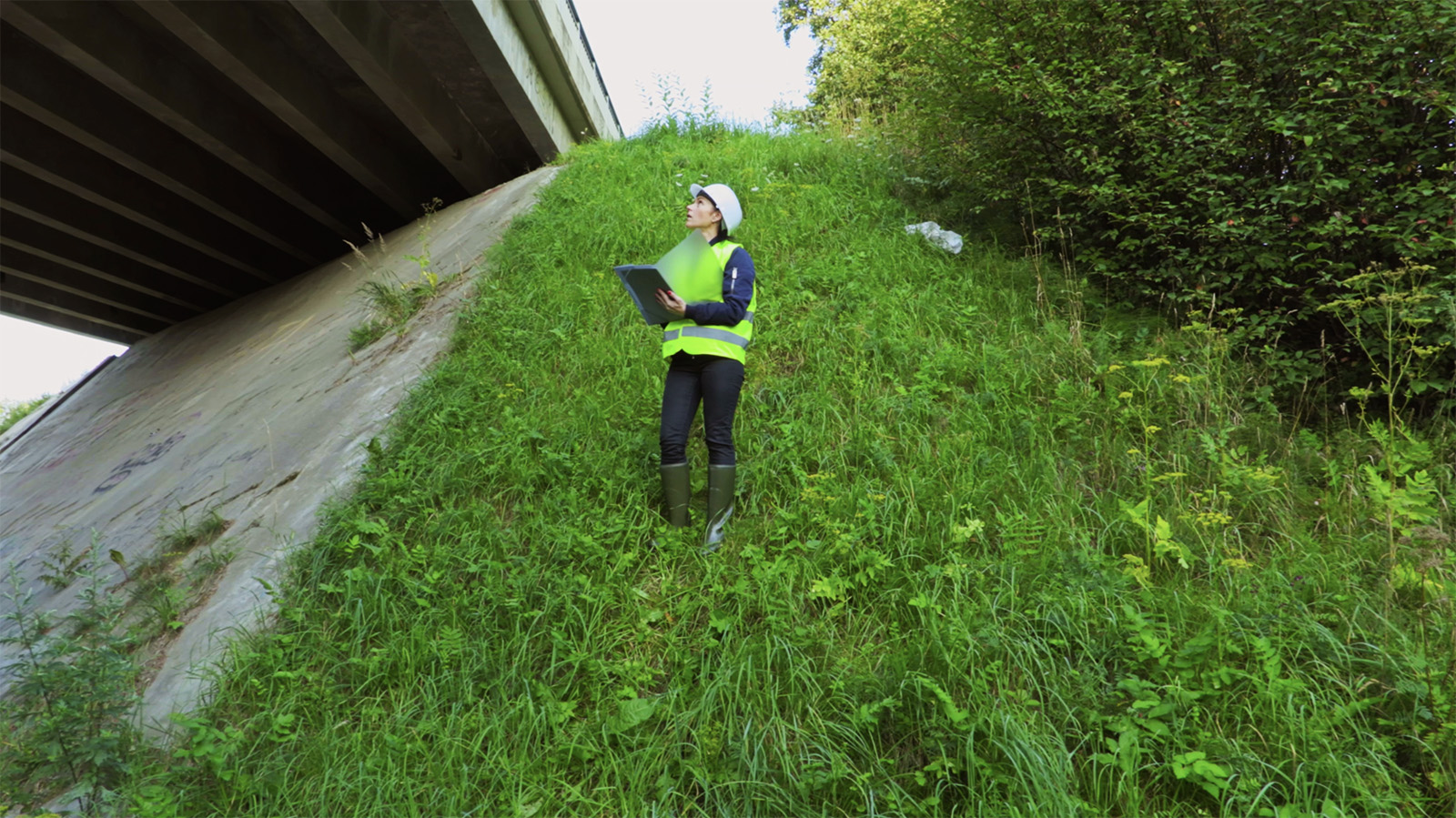
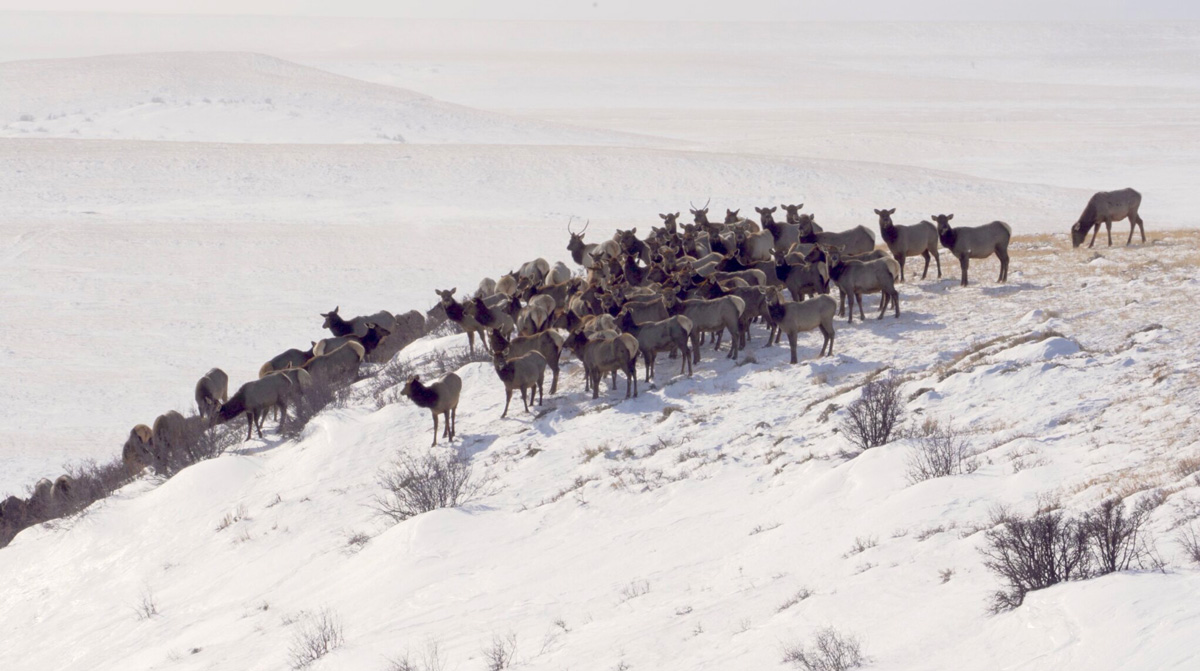

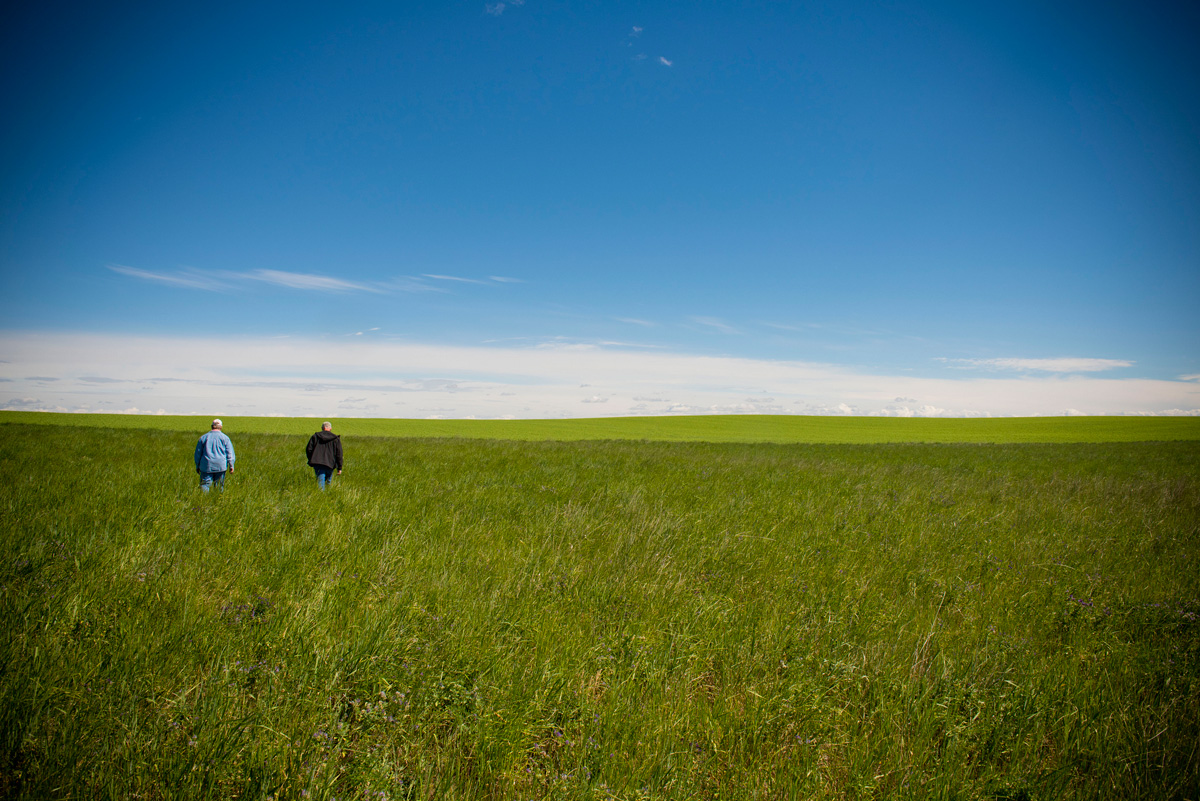
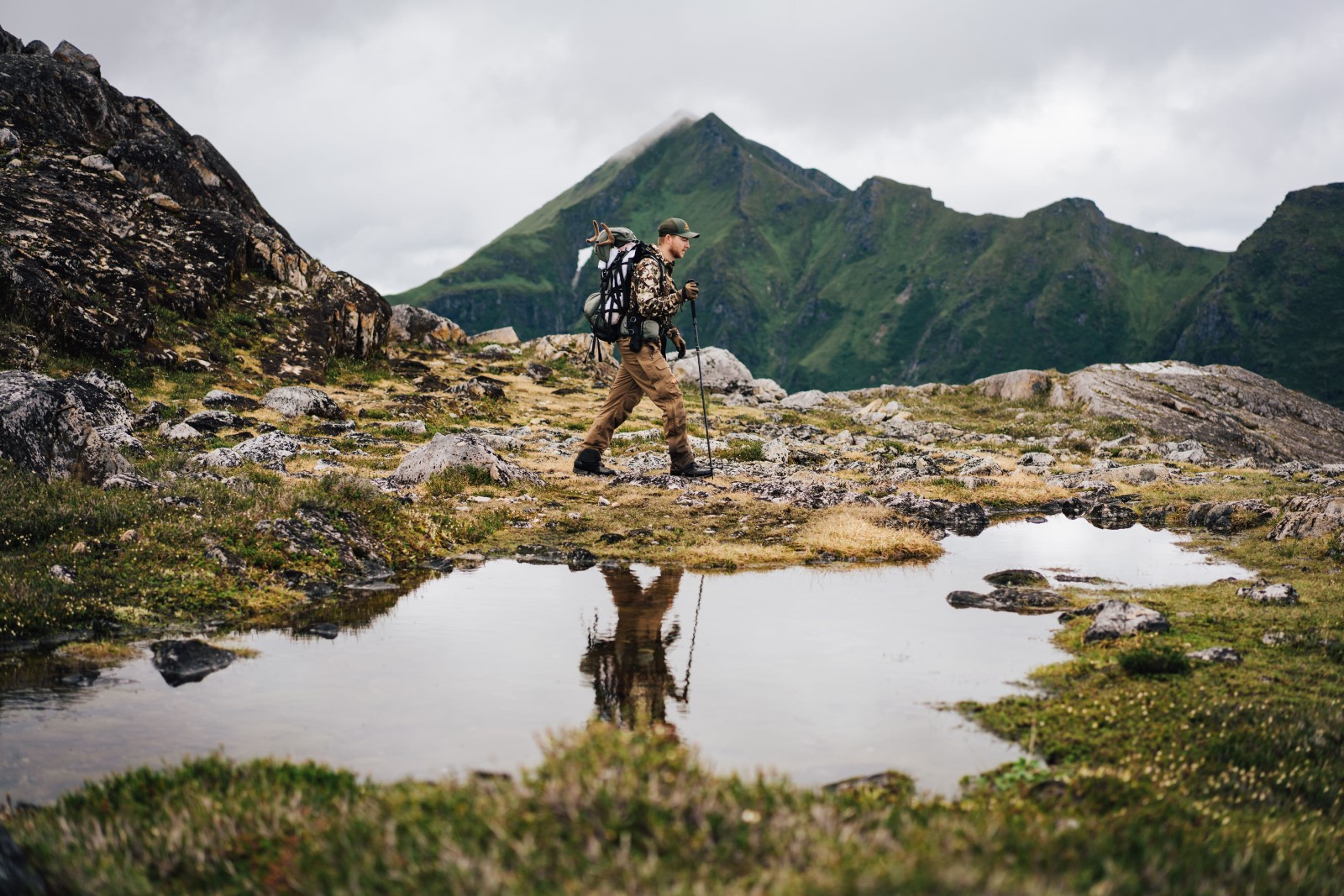
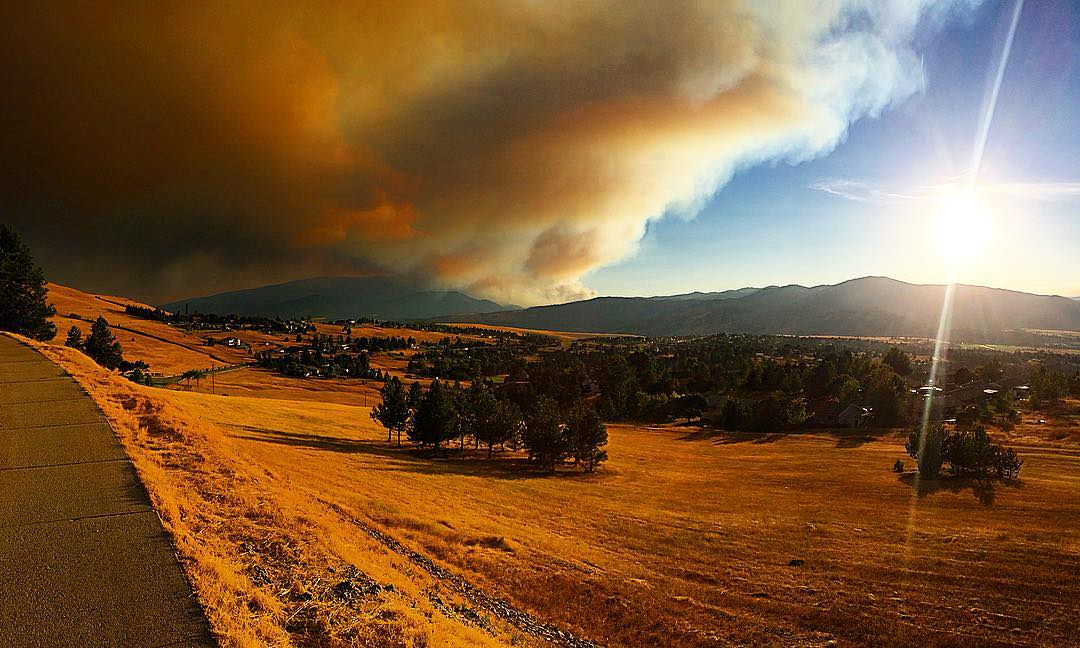
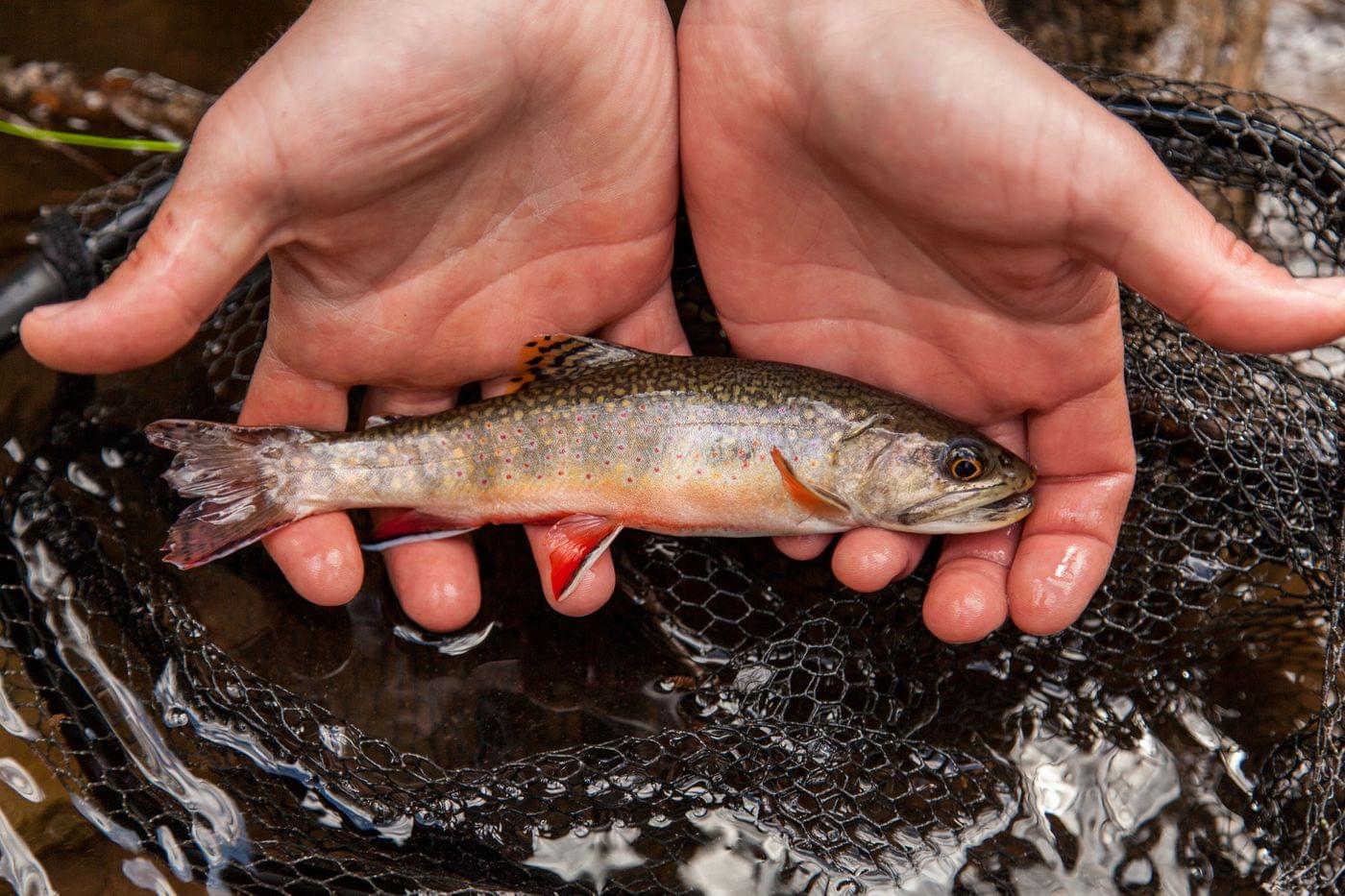
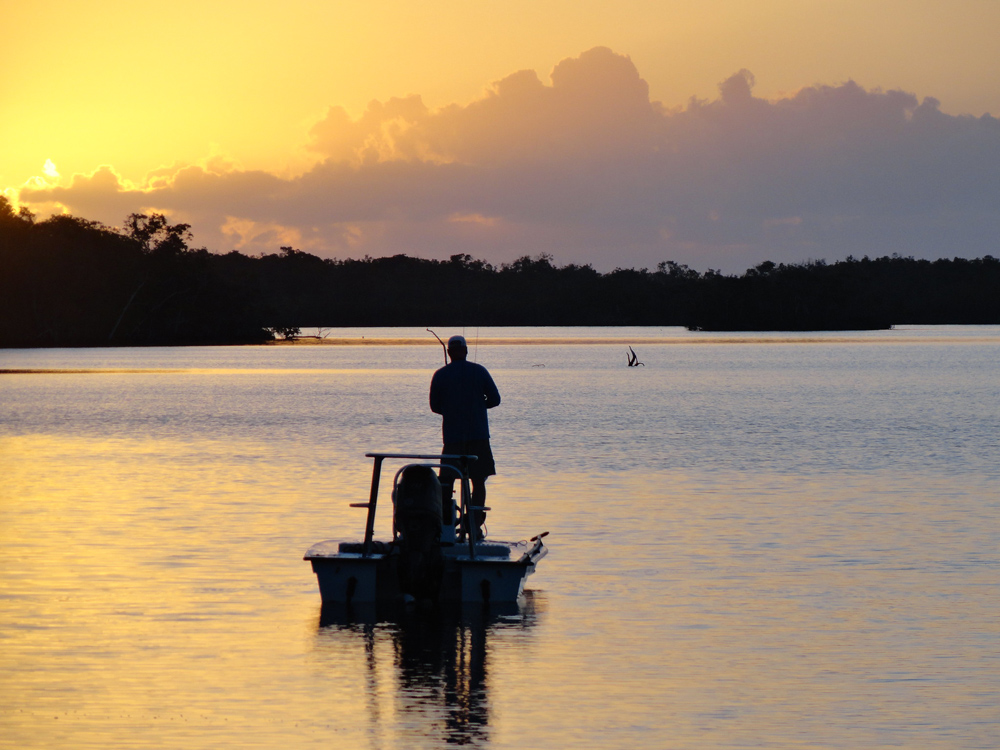
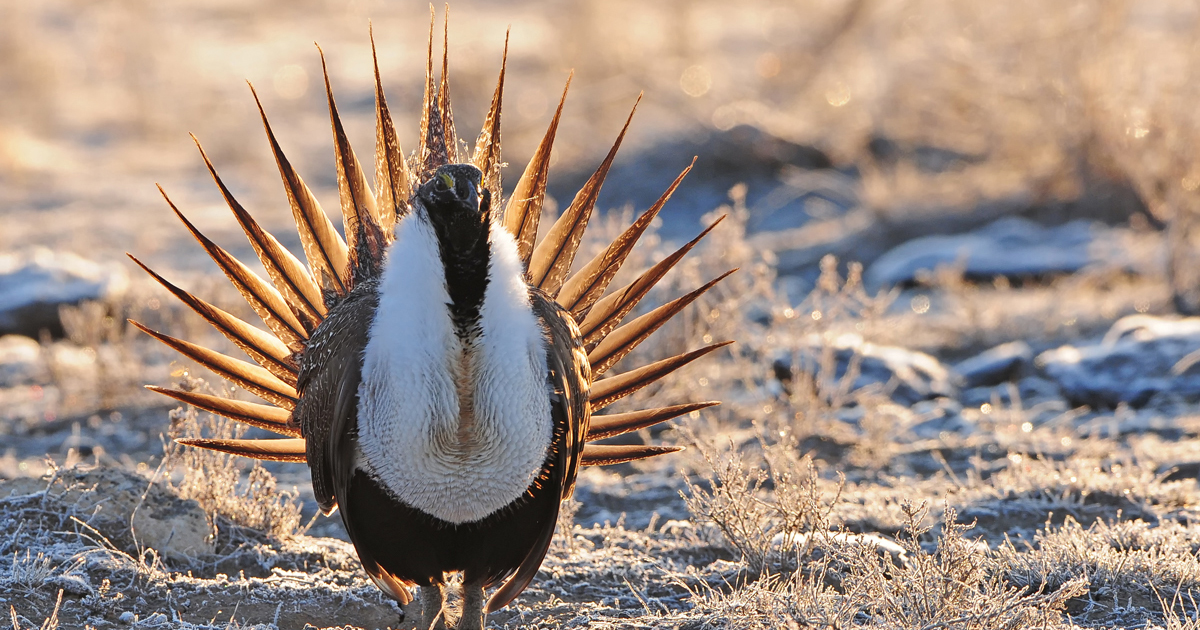
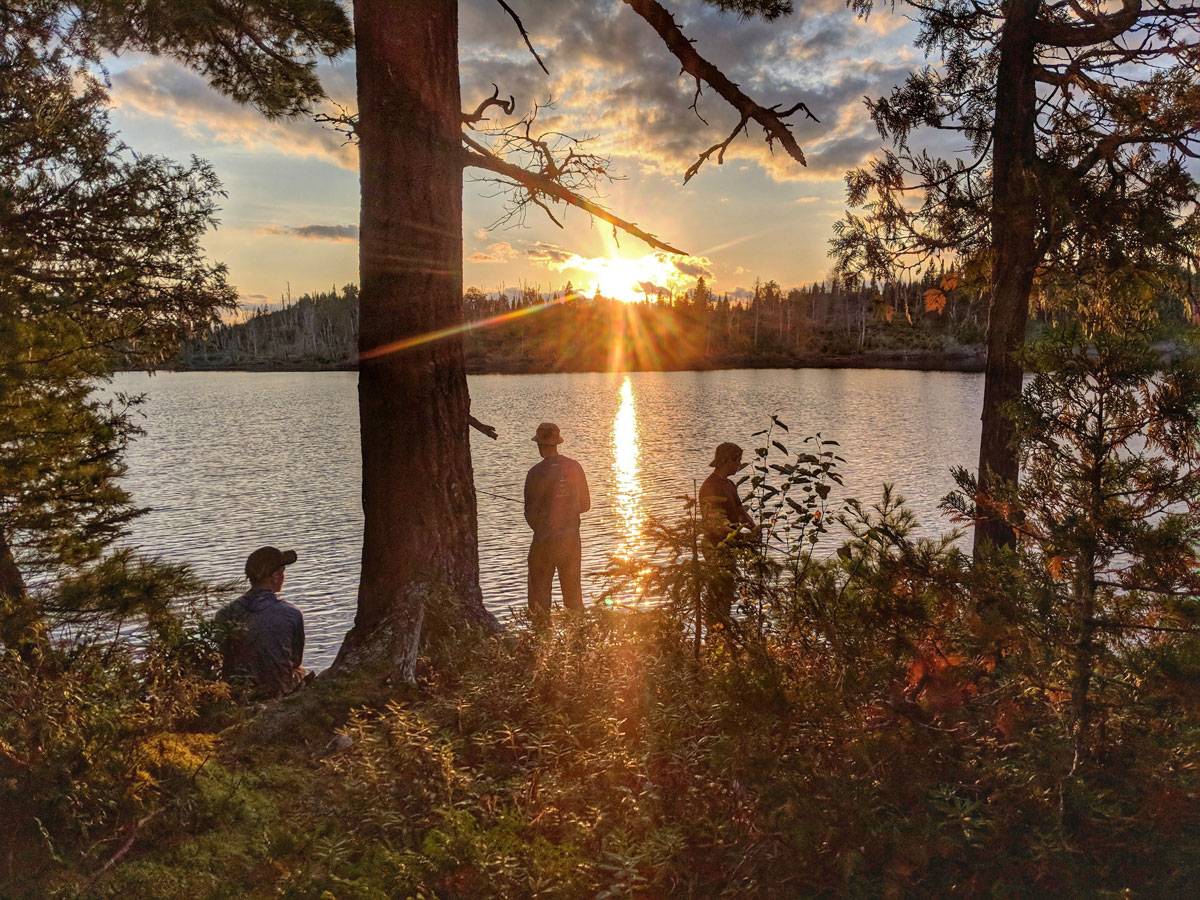





Please work on better signage and access to BLM land. Restrict more roads to walk in only on BLM land. Have the Federal government more say on BLM land.
Thank you for sharing the progress that has been made. This is work that will never end, and when we remain vigilant progress can be made.
Thank you for publishing this as a follow up to the 1st 100 days article. I appreciate the work you do to show the full picture of what the current and past administrations are doing/ have done for conservation.
The EPA and/or Congress should move to permanently protect Bristol Bay.
This article is helpful in showing that the past administration wasn’t a total disaster. The above listed successes will certainly have bipartisan support and will certainly be a part of the Biden administration’s plans. It’s encouraging that so many americans, regardless of political affiliation, united on these important issues. In many ways, conservation is one of the very few remaining political (sadly) issues that can still be very bipartisan.
However, the tone of this article is woefully devoid of the context of the past four years. Despite the above listed victories, the Trump admin has been a near-constant attack on our public lands.
Among the list of damaging actions that the incoming administration SHOULD undo are:
Restoring the protections for the sage gross on 10 million acres that was removed by the Trump administration.
Removing leases for 9 million acres of logging in the Tongass approved by the Trump administration.
Stoping oil leases after the 24 million acres of leases sold under the Trump admin.
Restoring bears ears and grand staircase escalante to protected status AND clarifying the law so that such intolerable actions are forbidden.
Restoring the 100 environmental protection rules that were rolled back.
It’s worth pointing out that the namesake of this organization, Teddy Roosevelt, protected 230,000,000 acres by executive order. The Trump administration protected 37,000 and one of his first actions was to destroy the antiquities act, which is one of the many lasting legacies of Roosevelt.
Thanks for your thoughts, Caleb. Restoring conservation safeguards that were rolled back in the last administration — like those under the Clean Water Act, the sage grouse conservation plans, and Roadless Rule in the Tongass — made our list of top priorities for the Biden Administration’s first 100 days. You can see that blog here: https://www.trcp.org/2021/01/29/trcps-top-ten-conservation-priorities-bidens-first-100-days/